Greenhouses in the Taita Hills forests – The ‘People Partner with Nature’ Program in Kenya
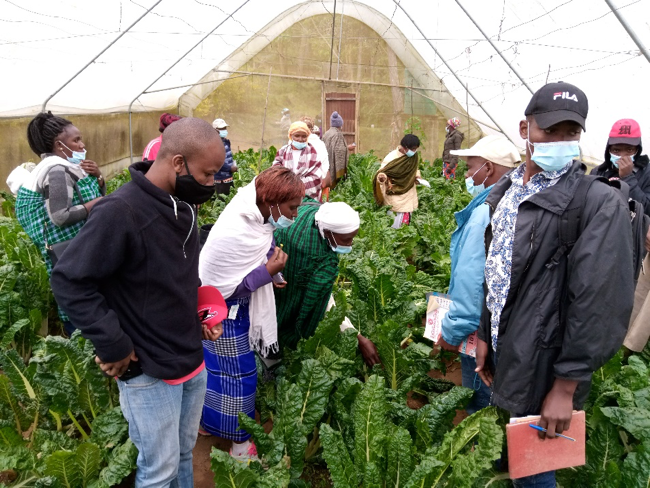
Summary
Under the People Partner with Nature Program, which aims to “reduce the destruction of forested Kenya’s Key Biodiversity Areas(KBAs) and contribute to the realization of best participatory forest management practices for the benefit of all”, Nature Kenya is supporting communities in the Taita Hills to increase their resilience to climate change. The formation of agricultural self-help groups and the introduction of climate-smart agriculture are only some of the various interventions implemented under the program. In this project description, we present the use of greenhouses as a solution to climate change and increased food productivity.
Taita Hills consists of the Dawida and Mbololo massifs and are part of the Eastern Arc Mountains in the south-eastern corner of Kenya. Climate change is another driver of vegetation cover change in this mountainous area, causing prolonged droughts that make life increasingly difficult for the population and small farmers who rely heavily on rain-fed agriculture. These changes have also led to a high incidence of crop pests and diseases, damaging agricultural productivity and increasing the vulnerability of the communities living here.
In 2015, Nature Kenya supported the Mwavunyu Chakiloli self-help group, which consists of some 15 farmers involved in vegetable cultivation, to construct greenhouses and drip irrigation. Greenhouses were chosen because they can extend growing seasons and create optimal growing conditions by regulating humidity and temperature. These same attributes also make it possible to continue farming amidst periods of rain scarcity, making cultivation less prone to drought events. Another advantage is that the spread of crop pests and diseases can be better controlled compared to open fields.
Following the assembly of the garden and planting inside the greenhouse, an irrigation system was constructed with plastic pipes that have “drippers” that slowly emit drops of water. This drip system has a reliable source of water supplying the pipes, and the growers monitor the plants to make sure they receive the right amount of water. The system is easy to manage and maintain once installed, requiring only monitoring of the water supply.
Overview
- Location:
- Implementation sites:
-
- Single country
- Single location
- Mountain region:
-
Taita Hills
- Solution scale:
- Ecosystem type(s):
- Solution type(s):
- Sector(s):
- Climate impact(s) addressed:
- Climate impact time-scale(s):
- Main benefit associated with the solution:
- Co-benefit(s) associated with the solution implementation:
- Implementation timeline:
-
- 2015 - 2022
Solution details
Main beneficiaries & outcomes
The main beneficiaries of this solution are local residents participating in the program. With greenhouse and drip irrigation, vegetable production increased fivefold compared to previous cultivation practices. The higher yields have created a reliable source of income and food for households and improved the food security and livelihoods of the families involved. Vegetables grow faster and are less prone to climatic stresses, including drought and pests.
Among the 12 self-help groups formed under the People Partner with Nature Program in Taita Hills, the Mwavunyu Chakiloli group was one of the most successful, and its members have also offered training on greenhouse cultivation using drip irrigation to other groups.
Planning and implementation
This solution of the program is implemented by Nature Kenya in close collaboration with the Mwavunyu Chakiloli self-help group, and with financial support from DANIDA/CISU.
Finance
The initiative was financed by funding from the Danish International Development Agency (DANIDA) through CISU (Civil Society in Development) in the form of a grant to Nature Kenya.
Innovation
The adoption of drip-irrigated greenhouse technology to ensure continuous vegetable production at high altitudes requires creativity. The fundamental requirement is to have a reliable water source or sufficient reservoir to have access to a constant water supply. Moreover, important to the development of this strategy is the fact that the construction materials and technology used are affordable and do not require much training for maintenance.
Capacities for design and implementation
Outlook & Scalability
Transformation and future outlook
This solution could be considered transformative and has the potential to be sustainable in the long term because the capacities and environmental awareness of the participating groups have been increased. Furthermore, by promoting this type of income-generating activity through a participatory and sustainable approach that reduces forest destruction, the project conveys the message that economic activities can be environmentally friendly and successful at the same time.
Potential for upscaling and replication
Given the accessibility of the materials and technology required for the creation of greenhouses and drip irrigation, this type of activity has the potential to be carried out in other regions of Kenya. However, there is no concrete information to prove that replication is taking place.



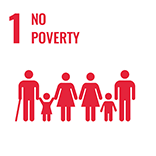
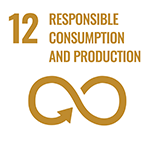
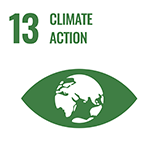
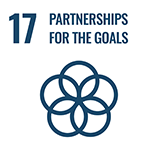
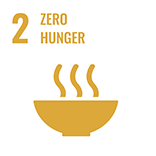
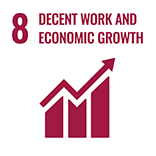
Comments
There is no content